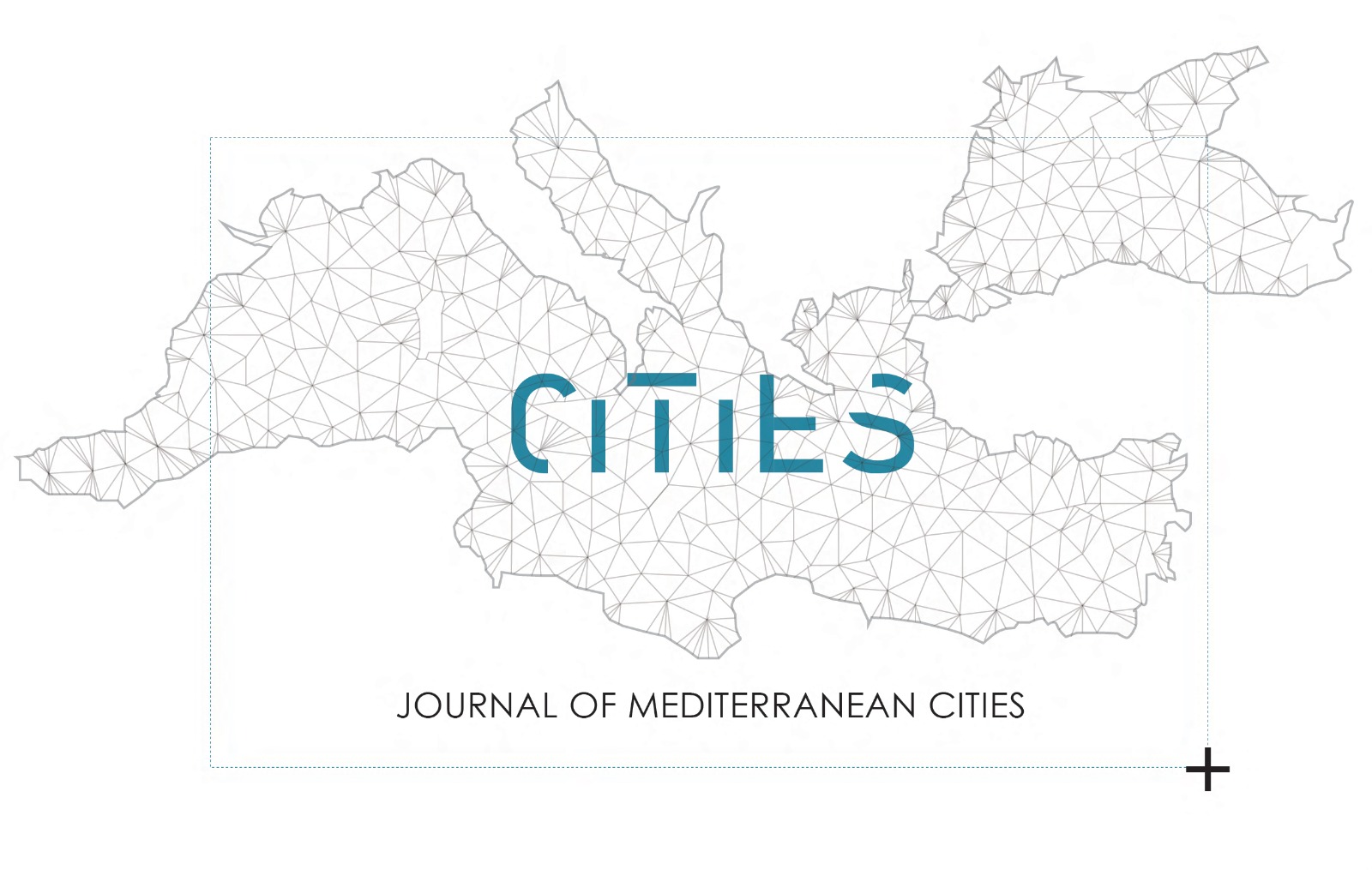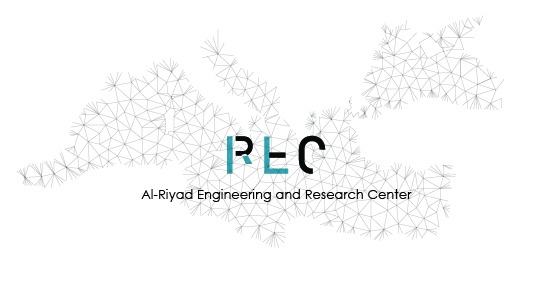Fire and Explosion Machine Learning Model for the Port of Los Angeles - California Safety Code and NFPA for Fire-Break Zoning
DOI:
https://doi.org/10.38027/mediterranean-cities_vol2no1_5Keywords:
International Safety Management Code, Digital forensics, Defense Architecture Framework, Fire Risk, Port Authority CompetitionAbstract
A correlative Hazard case study of Los Angeles Port has been performed on a tremendous dock fire that occurred on 22nd September 2014 at the Wilmington Dock along with a proposed Machine Learning approach concerning remote sensing techniques, a time-related air quality survey, and port safety codes, which are assessed and based on a modern port governance emergency intervention. The methodology of this research embraces a possible case of high fire severity urban zoning of the Los Angeles Harbour, on the occasion of the severe application of Health and Safety Code Section 18930 by the State Fire Marshal to respond opportunely to the recent extensive ignition across California. Set rules, dispatched by LA Port System, are detected following a Landsat 8/OLI (Operational Land Imager) remote sensing-based geospatial comparison with ground-based air samples. In order to target opportunely risk barriers in favour of Oil Tankers and critical garrisons, an extensive pre-processing calibration of spaceborne datasets has been performed for enhancing minor changes on the platforms. Besides, intrinsic limits of the OLI definition do not permit appropriate accuracy of small-scale evaluations; a decision tree model has been therefore engaged by embracing high variance and low bias of these compensated datasets. In this manner, four Regions of Interest have been marked to strengthen the sub-samples of these features. The flexibility of RF computation delivers positive automation for the missing values, categorical and continuous values; on the other side time consuming and interpretability drawbacks, notice a disadvantage of the implementation in terms of computational training, validation, and testing. In defence of this intervention approach, an air-model geostatistical distribution carried out pixel values based on the pre-burn weighted trained model and finally ensembled to buffer protection zones, according to the Safety Code Section 18930 as an endorsement of further sustainable and financial liabilities that are vital parameters in the post-Covid-sars19 crisis and demonstrate growth limits of Ports as periodically issued to theirs Internal Consistency Analysis. The advisory assessment research moreover a hardware performance to support on-time prediction models, by listing variable dependent regressive accuracy samples.
Downloads
Published
How to Cite
Issue
Section
License
Copyright (c) 2022 Ing. Arch. Salvatore Polverino

This work is licensed under a Creative Commons Attribution 4.0 International License.
This Journal is published through an Open Journal Systems as part of the Public Knowledge Project (PKP).
This Journal is licensed under a Creative Commons Attribution 4.0 International (CC BY)


 Journal of Mediterranean Cities
Journal of Mediterranean Cities











